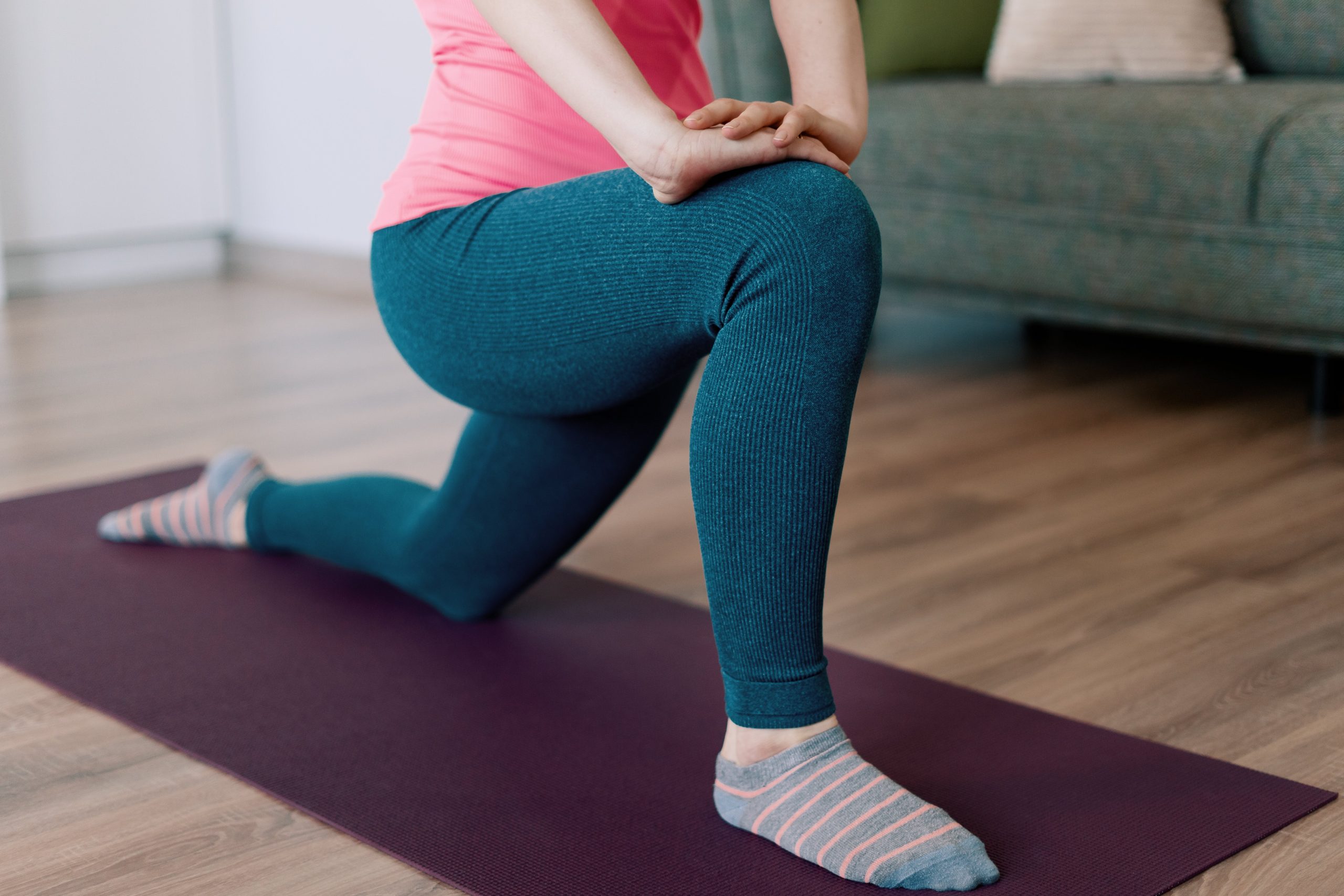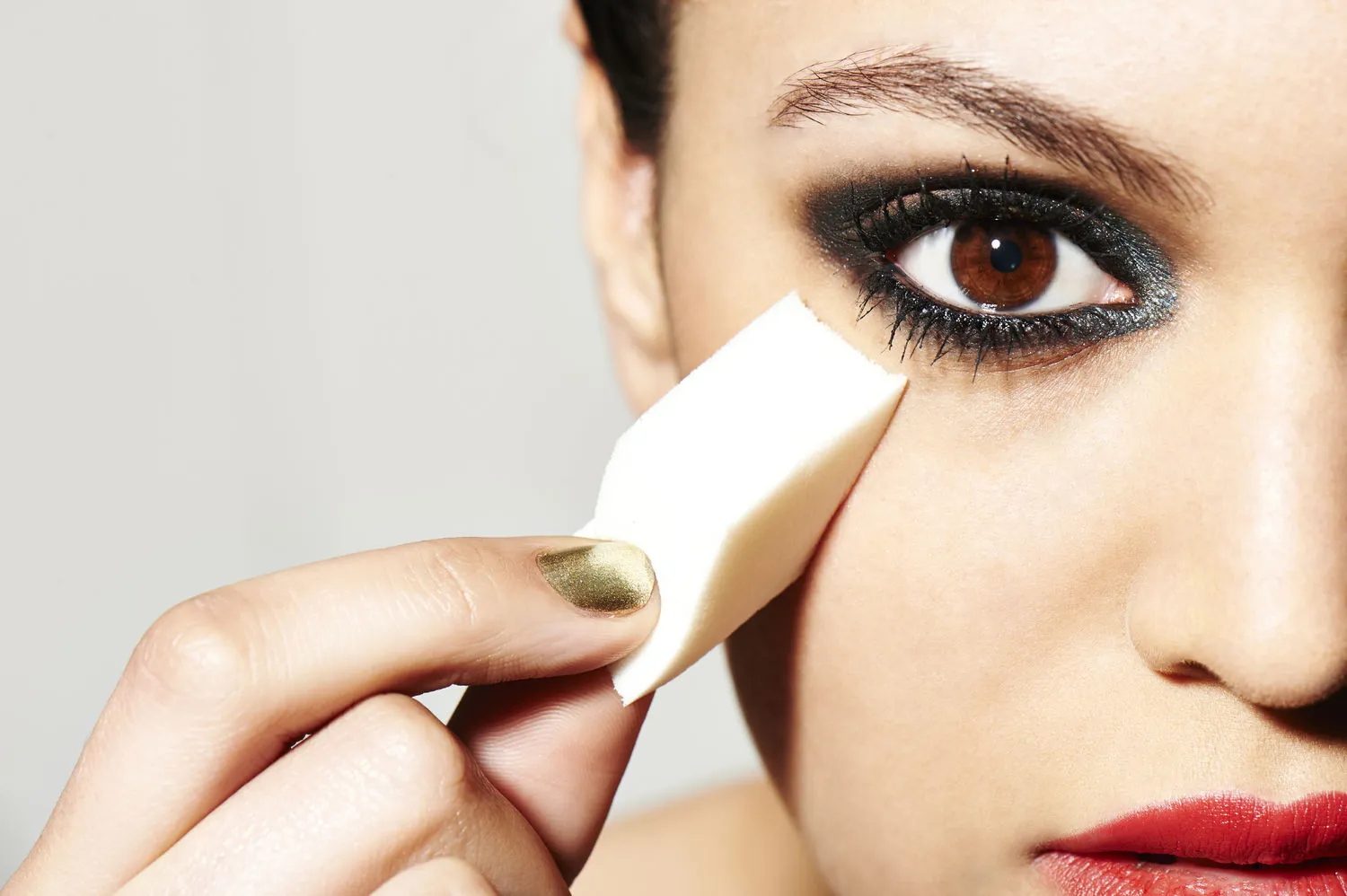As a woman, it’s important to take care of your pelvic floor muscles. Not only will they help you stay healthy and fit, but they can also help prevent health issues such as urinary incontinence. Unfortunately, many women are not aware of the importance of these muscles and how to engage them properly during exercise. This article delves into the basics of pelvic floor exercises and outlines the best exercises for strengthening your pelvic floor muscles. With just a few minutes each day devoted to this routine, you’ll be well on your way to better health!
What is the pelvic floor?
The pelvic floor is a group of muscles and ligaments that support the bladder, uterus, and rectum. These muscles and ligaments form a bowl-shaped structure at the bottom of the pelvis. The pelvic floor muscles are responsible for keeping these organs in place, as well as controlling urinary and anal sphincters. Weakness in the pelvic floor muscles can lead to incontinence, prolapse, and sexual dysfunction.
Pelvic floor exercises (also called Kegel exercises) strengthen these muscles to prevent or treat these problems. To do a Kegel exercise, squeeze the muscles you would use to stop urine from flowing. Hold for three to five seconds, then relax for three to five seconds. Repeat 10 times. As you get better at doing Kegels, you can increase the number of repetitions and hold times.
The benefits of a strong pelvic floor
A strong pelvic floor has a number of benefits for women, including reduced incontinence, improved sexual function, and enhanced core stability.
Reduced Incontinence
One of the most common benefits of having a strong pelvic floor is that it can help to reduce incontinence. This is because the muscles of the pelvic floor act as a supportive sling for the bladder and help to prevent leaks.
Improved Sexual Function
Another great benefit of having a strong pelvic floor is that it can lead to improved sexual function. This is because the muscles of the pelvic floor play an important role in sexual arousal and orgasm. A strong pelvic floor can also help to increase sensation during sex.
Enhanced Core Stability
Finally, a strong pelvic floor can also contribute to enhanced core stability. This is because the muscles of the pelvic floor help to support the spine and pelvis, which can improve posture and reduce lower back pain.
How to do a pelvic floor workout
The pelvic floor is a group of muscles that support the bladder and uterus. These muscles can be weakened by pregnancy, childbirth, and menopause. A strong pelvic floor can help to prevent incontinence and improve sexual function.
There are a few different ways to do a pelvic floor workout. One way is to sit on a hard surface with your knees bent and feet flat on the ground. Another way is to stand with your feet hip-width apart and your knees slightly bent. You can also lie down on your back with your knees bent and feet flat on the ground.
To do the exercise, tighten your pelvic floor muscles as if you are trying to stop yourself from urinating or passing gas. Hold for 10 seconds, then relax for 10 seconds. Repeat 10 times. As you get stronger, you can hold the contraction for longer periods of time.
Pelvic floor exercises for beginners
If you’re a woman, chances are you’ve been told to do kegel exercises at some point in your life. Kegels are great for strengthening the pelvic floor muscles, which can lead to better bladder control and improved sexual function. However, many women find kegel exercises difficult to do on their own, and they can be easy to forget about if you’re not doing them regularly.
That’s where pelvic floor exercises for beginners come in. These exercises are designed to help you strengthen your pelvic floor muscles without having to do kegels. They’re also perfect for those who want to start slowly and build up their strength over time.
To do a pelvic floor exercise, simply sit or lie down with your knees bent and feet flat on the ground. Tighten your pelvic floor muscles (as if you were holding in urine), and hold for 5-10 seconds. Relax, and repeat 10 times. As you get stronger, you can increase the number of repetitions and/or the length of time that you hold each contraction.
Pelvic floor exercises are safe for most women to do, but if you have any pain or discomfort, stop immediately and consult your doctor. With regular practice, these exercises can help improve your overall pelvic health and quality of life!
Pelvic floor exercises for advanced exercisers
If you’re already doing pelvic floor exercises regularly, congratulations! You’re ahead of the game. Now it’s time to take your workouts to the next level with some advanced exercises.
One way to make your pelvic floor exercises more challenging is to add weights. This can be done by placing a small weight on your perineum (the area between your anus and vagina) while you contract your pelvic floor muscles. Start with a very light weight, such as a 5-pound dumbbell, and gradually increase the amount of weight as you get stronger.
Another way to progress your pelvic floor workouts is to increase the number of repetitions or the duration of each contraction. For example, instead of doing 10 quick squeezes, try holding each squeeze for 10 seconds. Or, try doing 20 repetitions instead of 10.
Finally, if you really want to give your pelvic floor a workout, try combination exercises that target both the muscles and ligaments in the area. To do this, combine a Kegel exercise with a reverse Kegel by contracting and relaxing your muscles in rapid succession. This type of exercise is not only great for strengthening your pelvic floor muscles, but also for improving your orgasms!
Conclusion
The pelvic floor muscles are an important part of the female anatomy, and strengthening them can help improve overall health. With a few simple exercises that you can do any time and anywhere, there is no excuse for not doing your pelvic floor workout! Not only will it make everyday tasks easier but it also has physical health benefits that range from reducing the risk of urinary incontinence to improving sexual satisfaction. Start your own routine today and feel the effects soon enough!










